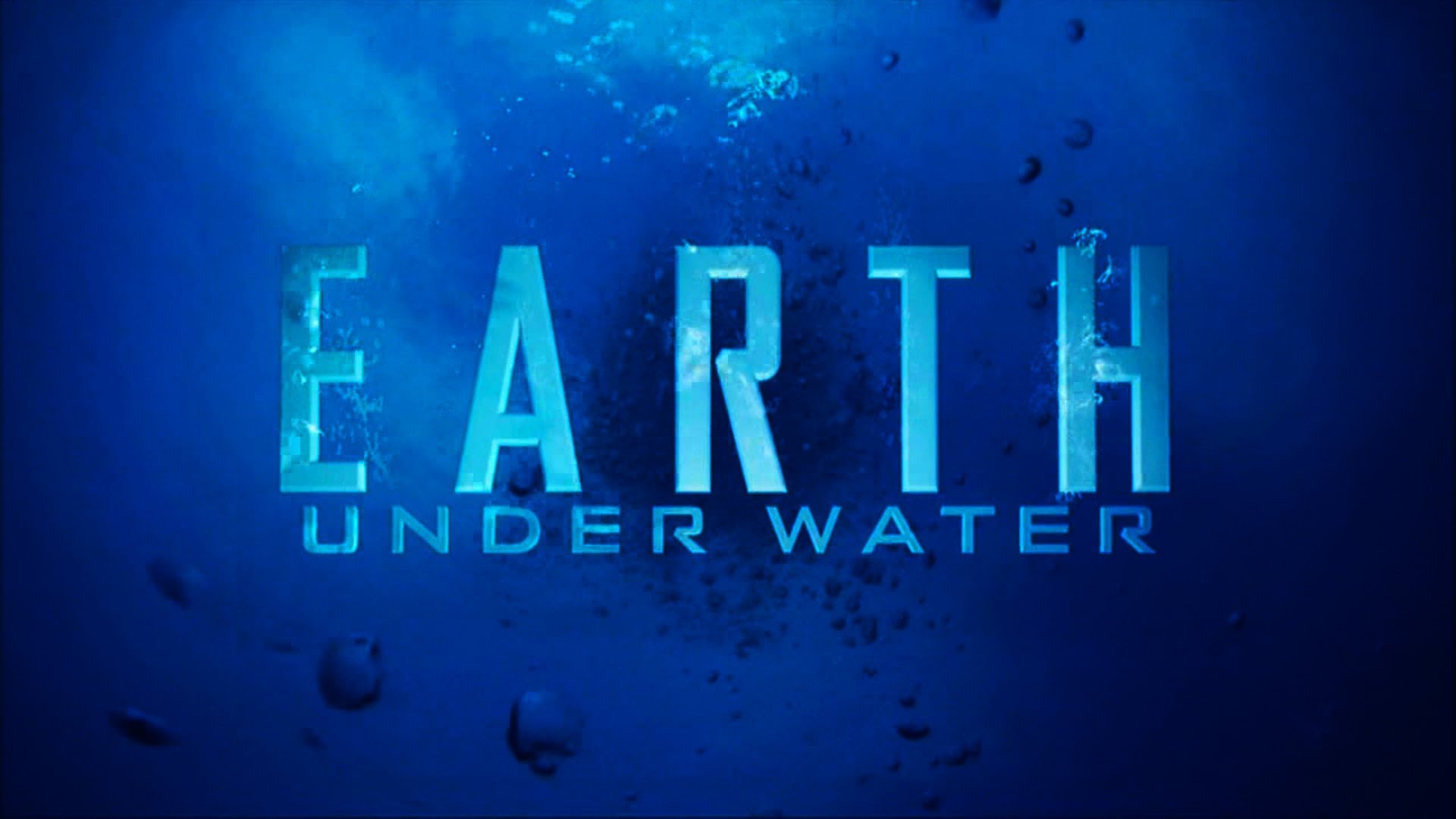The Doomsday Glaciers in East Antarctica | Earth Under Water
Currently the Wilkes Basin is only hold back by the Cook, Mertz, and the Ninnis glacier - the Cook Glacier shelf has already collapsed.
A new study suggests that the East Antarctica Ice Sheet in the Wilkes Basin may have completely disappeared around 400,000 years ago.
Currently the Wilkes Basin is only hold back by the Cook, Mertz, and the Ninnis glacier – the Cook Glacier shelf has already collapsed. There is also the Totten Glacier farther to the east, part of the Aurora Basin, also prone to warmer water at the grounding line, elevation has changed, though the topography is not favorable for rapid retreat in this case. Nevertheless, observations remain scarce, and the Wilkes Basin ice sheet may be the real elephant in the room.
The Wilkes Subglacial Basin, roughly the size of California and Texas combined, is one of three major areas where the East Antarctic Ice Sheet sits on land that is located below sea level.
The basin is fronted by three glaciers, Cook, Mertz and Ninnis, combined containing about 3 meters of sea level rise. Another peculiarity, the Ocean floor gets deeper farther inland, thus warmer water can more readily advance through glacier grounding lines.
Sediment research suggests that during warm climates (interglacials), ice in Wilkins Basin retreated, perhaps entirely.
Our current understanding is that about 400,000 years ago, during the interglacial period known as Marine Isotopic Stage 11 – global temperature was 1 to 2 degrees Celsius greater and sea level was 6 to 13 metres higher. However, this conventional premise is based on the assumption that the East Antarctic Ice Sheet is stable for three million years.
But now, a new study measuring the evolution of uranium in opal and calcite rocks exposed to the element for over hundred thousand years suggests ice sheet retreat.
The study rocks once located below the ice, were obtained from a place where they eventually make it to the surface by natural force alone, known as Elephant Moraine.
This feature high in glacial debris, is located near the mountains bordering Taylor Valley, one of the rare regions in Antarctica not covered by ice.
Researchers think that when water beneath an ice sheet is trapped, it slowly accumulates uranium-234. As uranium-238 in the rocks and gravel under the ice decays, it sheds atoms of light uranium, accumulating in the water, hence exposing surrounding rocks to the element.
The crystallized rock layers revealed a reset of the uranium-234, during the Marine Isotope Stage 11 – the uranium rich water vanished,and then after awhile the isotope started to accumulate again. The uranium-234 signal was also found in McMurdo Dry Valleys brines.
The study authors write, Collectively, these data indicate that during one of the warmest Pleistocene interglacials, the ice sheet margin at the Wilkes Basin retreated to near the precipitate location, about 700 kilometres inland from the current position of the ice margin, which—assuming current ice volumes—would have contributed about 3 to 4 metres to global sea levels.
This is another crack in the picture of a stable East Antarctic Ice Sheet, only recently we discovered that the large Totten Glacier in Aurora Subglacial Basin, with the potential to raise sea level by at least 3.5 meters, is also exposed to warm water intrusion at his grounding line.
The focus in now to understand the rate of possible deglaciation – how fast can the ice from these enormous sea level monsters possible retreat?
Both the Aurora, and Wilkes Basin ice is prone to the so called marine ice sheet instability, the potential for ice sheets grounded below sea level to destabilize in a runaway fashion.
REF
- Ice retreat in Wilkes Basin of East Antarctica during a warm interglacial https://www.nature.com/articles/s41586-020-2484-5
- Biggest ice sheet on Earth more vulnerable to melting than thought https://www.nationalgeographic.com/science/2020/07/east-antarctic-ice-sheet-more-vulnerable-to-melting-than-thought/
- The Antarctic Report: How does past climate change inform us about future sea-level rise? https://www.youtube.com/watch?v=cqWy7qEe-lc
- Ice plug prevents irreversible discharge from East Antarctica https://www.nature.com/articles/nclimate2226 PDF http://www.pik-potsdam.de/~anders/publications/mengel_levermann14.pdf
- Velocity increases at Cook Glacier, East Antarctica, linked to ice shelf loss and a subglacial flood event https://tc.copernicus.org/articles/12/3123/2018/
- ANSMET Elephant Moraine https://www.nsf.gov/pubs/1999/nsf98106/98106htm/nsf98106b2.html
- 1950s Atomic Radiation Instructional Film https://www.youtube.com/watch?v=d7CfZicBiOk
- Antarctica Secrets: Scenic Journey to the Bottom of a Lake https://www.youtube.com/watch?v=kZotS8ZiOGg
- Julie Brigham-Grette presents Lake El’ gygytgyn Research / Marine Isotope Stage 11 https://www.youtube.com/watch?v=YxbOSB7zDgY
- Exploring the Alien World of Brine Pools https://www.youtube.com/watch?v=fbJubNqLyCY
- The JOIDES Resolution: A Journey to Discover Antarctica’s Future https://www.youtube.com/watch?v=V0d7DcPsuZU
- Totten Glacier: Impact of East Antarctic glacial melt on sea-level rise https://www.youtube.com/watch?v=AYFqFpmJvLQ
REL
- A dynamic early East Antarctic Ice Sheet suggested by ice-covered fjord landscapes https://www.nature.com/articles/nature10114
- The State of Wilkes Basin Glaciers https://forum.arctic-sea-ice.net/index.php/topic,3218.0.html
- Antarctic ice sheets capable of retreating up to 50 meters per day https://www.sciencedaily.com/releases/2020/05/200528160547.htm
- Mertz Glacier https://en.wikipedia.org/wiki/Mertz_Glacier
